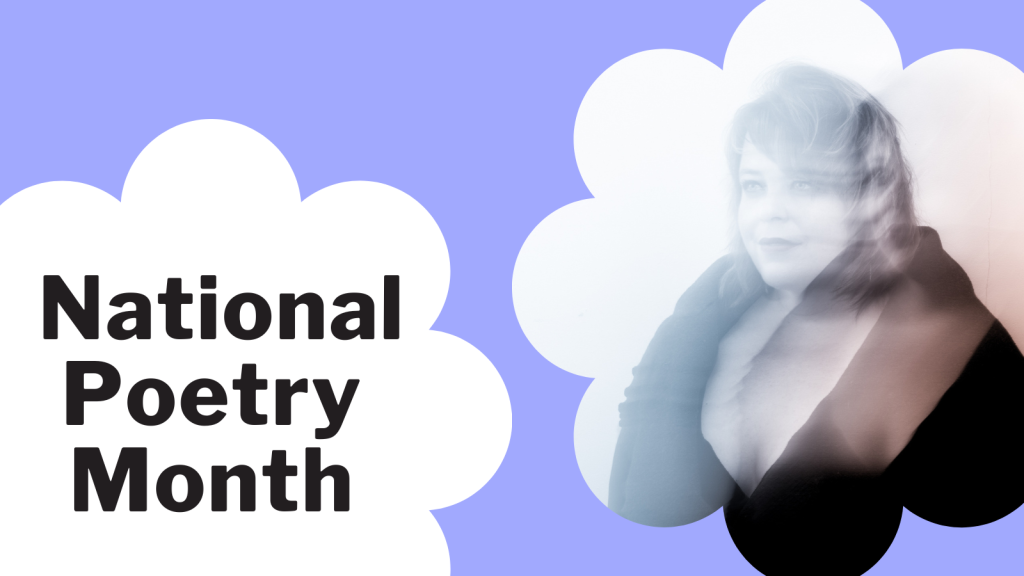National Poetry Month: Poetry as a Tonic

How can poetry set you free?
Shannon Webb-Campbell starts off our National Poetry Month series with mesmerizing words on the magic of poems. Prepare to be swept away:
“Poetry is a vital tonic – it invigorates minerals in the blood and stimulates the brain like oxygen.
In her 1985 essay Audre Lorde writes, ‘For women, then, poetry is not a luxury. It is a vital necessity of our existence’ and nearly 40 years later I feel her words reverberate throughout my entire body. Reading Lorde’s essay on poetry nourishes something deep, vital and mysterious within me.
Like most art, I turn to poetry to ignite my inner spark, seek meaning, enrich myself and broaden my vision. Poetry helps me dream, honour, and shift. Poetry is both a place to remember and escape to.
The act of writing poetry revives my spirit. It’s a creative force that reckons with existence, and pushes beyond the boundaries of ordinary living. Writing poetry is like spell work, a shift in perception. A poem can become a small ritual, or a manifestation. It’s a mythical space where line breaks mark intentions. Poetry connects life and death, and explores the various realms in-between.
Poems reach into the darkness and illuminate what aches, twists and yearns in hopes to clarify our lives. I feel most free writing poetry – it’s almost like an orgasm or an ocean-dip. Poetry is a life-force.”
– Shannon Webb-Campbell
Shannon Webb-Campbell is a mixed Indigenous (Mi’kmaq) settler poet, writer, and critic. She is the author of Still No Word (2015), recipient of Eagle Canada’s Out in Print Award, I Am A Body of Land (2019; finalist for the A.M. Klein Prize for Poetry) and Lunar Tides (2022; finalist for Foreword Indies). Shannon holds an MFA in Creative Writing from the University of British Columbia, and a MA in English Literature at Memorial University of Newfoundland and Labrador, and is pursuing her Ph.D. at the University of New Brunswick in the Department of English. She is the editor of Visual Arts News Magazine. Shannon is a member of Qalipu Mi’kmaq First Nation and lives in Kijpuktuk/Halifax in Mi’kma’ki.

